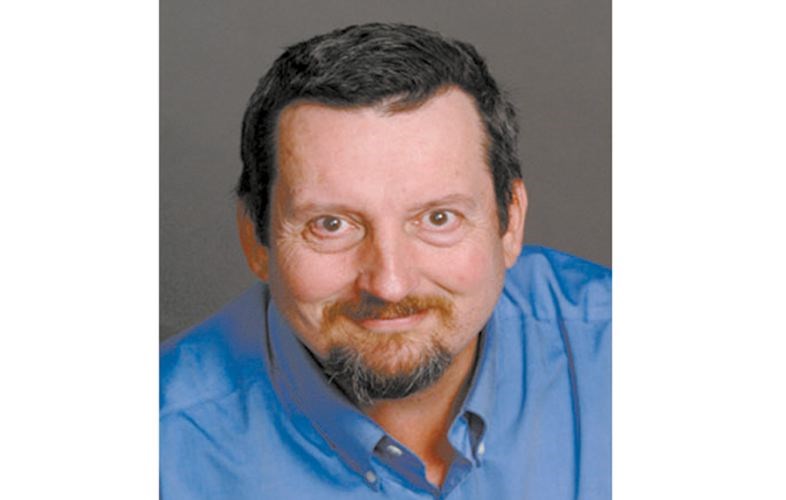Dr. Bruce Ames, an American biochemist, is the inventor of the Ames Test. It is a test or biological assay for the mutagenicity of chemical compounds.
A positive test indicates that the compound is likely mutagenic and as mutations are often linked to cancer, it has often been used as a test to determine the carcinogenic potential of chemical compounds.
Unfortunately, like most diagnostic tests, there are occasional false-positives and false-negatives. In other words, it is not perfect. But it is a lot cheaper, quicker and easier than animal trials on rats and mice which have higher levels of false-positives and false-negatives.
In this context, it is not surprising that what Dr. Ames has to say about chemical carcinogens and cancer carries a fair amount of weight.
A while ago, I came across a paper written by Dr. Ames and Dr. Lois Gold with the title: Paracelsus to parascience: the environmental cancer distraction (Mutation Research, 447, pages 3-13). The central thesis is that we need to challenge some of the existing paradigms regarding what causes cancer if we are going to proceed into the 21st century as an informed society.
Specifically, the authors have chosen four topics to focus on as the underlying ideas are implausible and lacking in evidence, from their point of view.
The first is tied to a saying attributed to Paracelsus: "Only the dose makes the poison." This is a central tenet for many researchers studying toxicology.
For example, everyone knows that arsenic is poisonous but that is not, in fact, correct. Some of the compounds of arsenic are poisonous. Others are not. Arsenic is an element and it is only when it is combined with specific other elements, such as oxygen, in a particular fashion, such as an oxide, that the compound becomes a poison.
Is arsenic poisonous? No. Is oxygen poisonous? No. But put them together in the right way and you have a very effective poison. This is a distinction that often gets missed in any discussion of chemical compounds and particularly in discussions of carcinogenic compounds.
Further, small doses of some poisons have no effect. The body disposes of the chemicals quite easily or can convert them to harmless forms. It is only when a massive dose is received that disease or death ensues.
Arsenic fits into that category. Lobster contains arsenic as part of its biochemical make-up and yet you don't see people keeling over after sitting down for surf-and-turf. Note that the arsenic is in the lobster as part of its metabolism. It is impossible to eat lobster without getting a small, harmless dose of arsenic.
In this case, the dose means that it is not a poison.
In discussing carcinogens, Drs. Ames and Gold make the point that "Half of all chemicals, whether natural or synthetic, are positive in high-dose rodent cancer tests. These results are unlikely to be relevant at the low doses of human exposure."
They further point out that the dichotomy that exists in the public media between "synthetic" and "natural" is false. They point out that: "Human exposure to naturally occurring rodent carcinogens is ubiquitous, and dwarfs the general public's exposure to synthetic rodent carcinogens."
That is to say the number of natural carcinogens that each person encounters every day is significantly greater than the number of synthetic carcinogens.
Using pesticides as a proxy, the average American or Canadian ingests somewhere between 5,000 and 10,000 different natural pesticides in their normal diet. Estimates put this at about 1,500 milligrams of natural pesticides per person per day.
The same analysis shows that on average, we are only consuming 0.9 milligrams of synthetic pesticides per person per day. The push-back is that synthetic compounds are more potent carcinogens or mutagens and therefore more dangerous. It would be a good argument, if true, but it is not.
The list of naturally occurring carcinogenic compounds such as benzaldehyde or methylhydrazine in food is extensive. These compounds are found in everything from spices to fruits to vegetables to the ubiquitous tomatoes and potatoes or even, as the World Health Organization has determined, red meat. You can't avoid eating naturally occurring pesticides and other naturally occurring carcinogenic compounds. Being exposed to naturally occurring carcinogens is just part of life.
But it is critically important to recognize it is the dose that matters. Too much of anything - red meat or broccoli - is not a well-balanced diet. We need a wide variety of food in our diet to get all of the vitamins and nutrients we require. This is the message which often gets missed when discussing potential carcinogens.
Working to ensure that everyone has access to fundamental nutrition might be a better use of our resources if we want a healthy population.
It is an argument worth considering.



